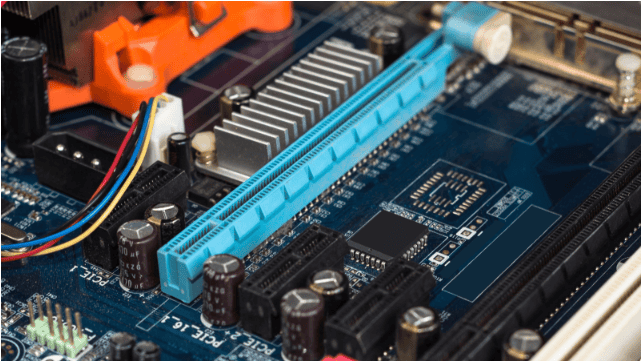
You probably won’t see it for years, however.
PCI Express 5.0 has barely been finalized, but that isn’t stopping its creators from dreaming about what comes next. The PCI Special Interest Group has unveiled a PCI Express 6.0 specification that should deliver up to a blistering 256GB per second across 16 lanes — that’s twice as fast as the yet-to-ship PCIe 5.0 spec, and four times as much as the 4.0 spec that’s only just reaching computers. The PCI-SIG aims to achieve the feat by using Pulse Amplitude Modulation technology that can carry twice as much data as existing methods without needing to double the transmission bandwidth and use ridiculously high frequencies.
The format will remain backward compatible with earlier versions, so you won’t have to toss out legacy cards.
There’s one main obstacle: as with past specs, there will be a long gap between the PCIe specification’s introduction and when it reaches something you can buy. The PCI-SIG doesn’t expect to finalize 6.0 until 2021, and it’ll realistically require a year or two after that before processors and peripherals take advantage of the extra bandwidth.
Still, it could be worth the wait. Everyday graphics cards wouldn’t benefit as much (at least not at first), but this could be extremely helpful for AI acceleration, solid-state drives, non-volatile memory and other tasks that are highly dependent on transferring massive amounts of data. If there are any bottlenecks in the near future, PCI Express won’t be to blame.


